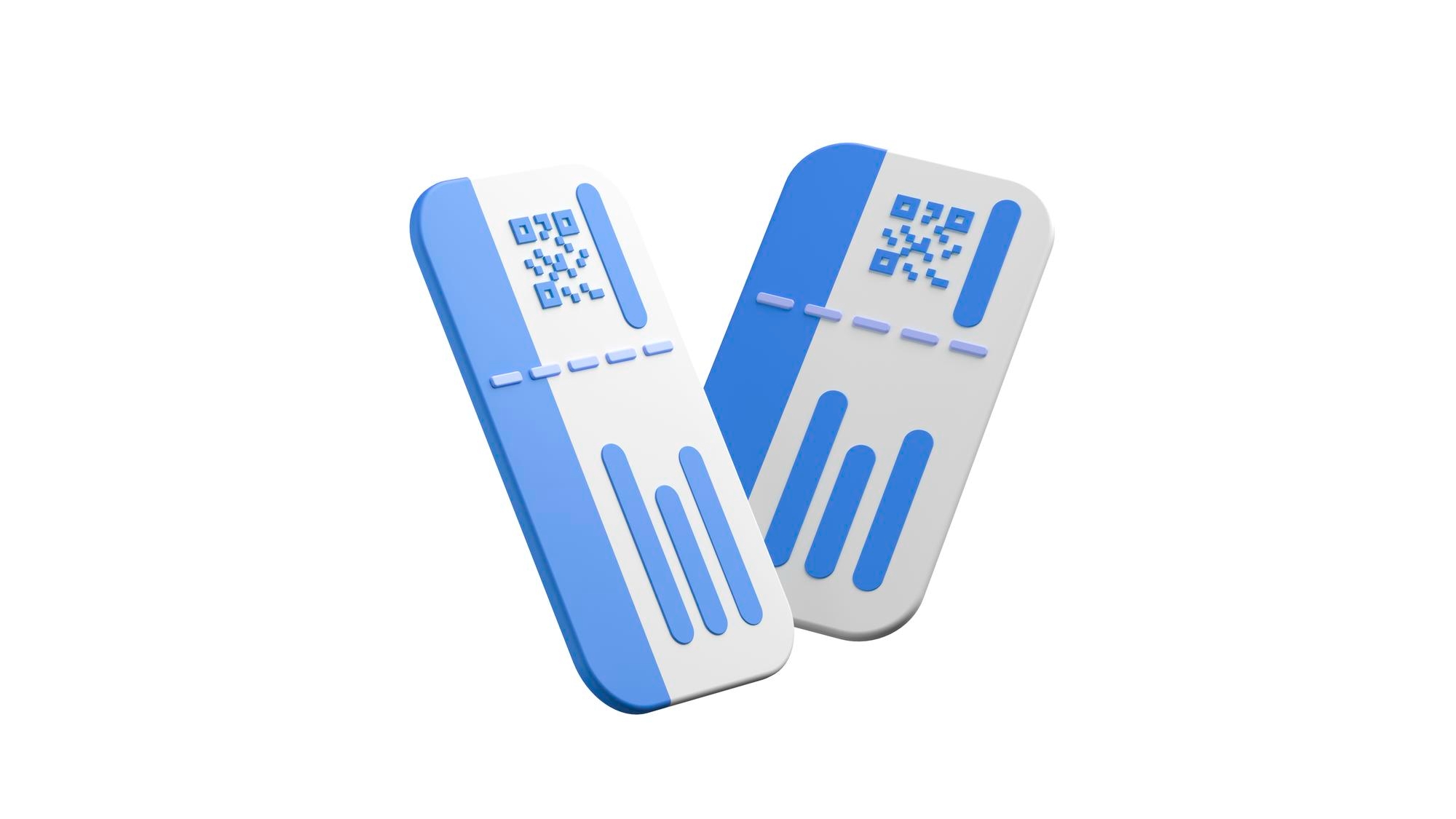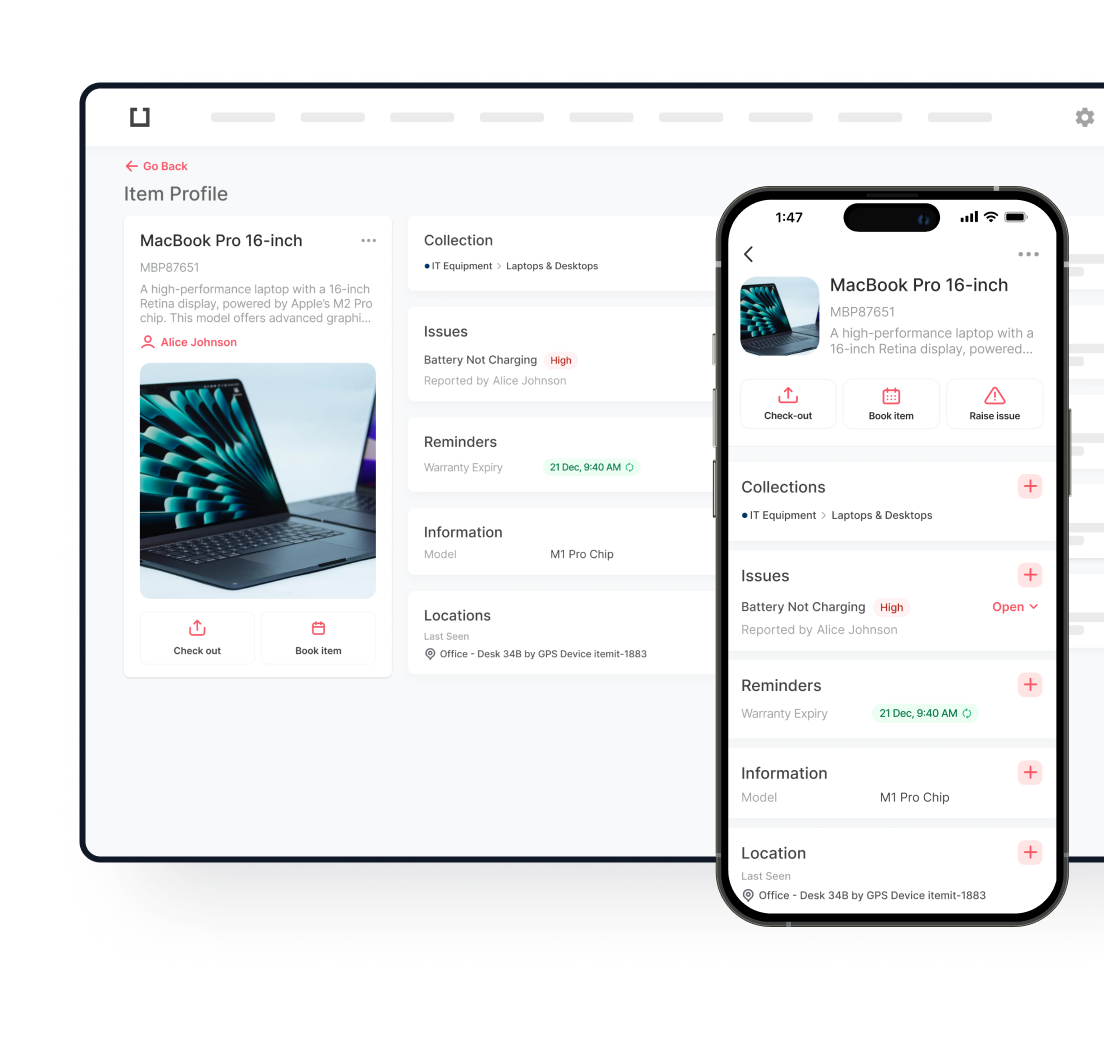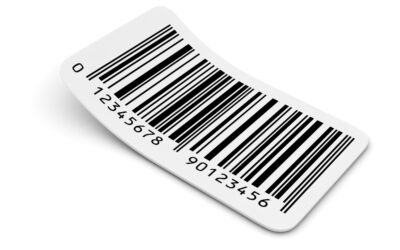
Gone are the days of paper-based asset tracking. Modern asset tags blend rugged construction with smart tracking features, transforming how businesses safeguard and monitor their valuable resources. From streamlined audits to automated inventory counts, these sophisticated identifiers pack powerful capabilities into seemingly simple labels.
Choosing how to buy asset tags shapes your entire asset management strategy. Although the market has many choices, determining the best fit for your requirements calls for careful balancing of durability, technology, and practical application. Beyond simple labels, today’s tagging technologies enable operational efficiency and offer vital information about asset use and lifetime management.
Understanding Asset Tags and Their Purpose
What is the purpose of asset tags and barcodes? These identifiers do far more than simply mark equipment. Every asset management tag serves as a digital fingerprint linking actual objects to their whole operational past. Organizations get real-time awareness of the location, maintenance status, and usage habits of their equipment by including important data in robust labels.
Modern tagging systems produce an intact chain of responsibility unlike that of conventional paper records or spreadsheets. Every scan builds a detailed timeline, capturing movement, maintenance, and user interactions. This digital thread transforms scattered equipment into a managed fleet, enabling organizations to:
- Slash audit times from days to hours
- Detect unauthorized movement instantly
- Forecast maintenance needs to be accurately
- Generate compliance reports automatically
- Eliminate ghost assets from the books
Types of Asset Tags and Their Applications
Exploring the difference between asset tags can feel overwhelming, but understanding their unique strengths simplifies the selection process. Each type serves specific tracking needs, from basic identification to sophisticated security features. Before deciding where to buy asset tags, let’s explore the distinct varieties available in today’s market:
- Permanent Asset Tags – Usually formed from anodized aluminum or stainless steel, permanent asset tags are meant to last. Heavy-duty machinery, IT gear, and industrial assets needing to resist wear and tear are perfect.
- Asset Tracking Labels – By allowing fast scanning and digital tracking, asset tracking labels—which are barcode or RFID-based—simply help inventory control. In manufacturing, healthcare, and logistics, they find great applications.
- Asset Tags for Outdoor Equipment – Perfect for construction tools, fleet management, and agricultural equipment, these tags are made of UV-resistant, waterproof materials and withstand severe weather.
- Tamper-Evident Asset Tags – These security-oriented marks discourage theft and illegal modification. Their removal leaves a clear residue, therefore guaranteeing asset integrity.
- Best Asset Tags for Various Needs – The degree of durability, scanning needs, and environmental conditions will all determine the optimum asset tag. For critical equipment, for example, companies would give RFID tags top priority; warehouses might favor barcode labels.
Selecting the right tag ensures that your assets remain traceable and well-managed over time.
Key Considerations When Choosing Asset Tags
Purchasing asset management tags calls for more than just a choice of design. Think about these elements before you buy:
- Material Durability – Different settings call for different materials. High-heat industrial environments call for anodized aluminum; laminated polyester tags are more than plenty for interior office equipment.
- Attachment Method – It’s really vital how the tag follows the asset. While screws, rivets, or cable ties are better suited for tough industrial uses, adhesive backing performs well for smooth surfaces.
- Barcode vs. QR Code vs. RFID – Select a tracking mechanism that fits your requirements. Simple and reasonably priced barcodes; QR codes give increased data access via cellphones; RFID provides wireless, fast tracking.
- Customization Options – Many companies choose to strengthen identification and security by branding their tags with a corporate logo, asset descriptions, and distinctive serial numbers.
- Environmental Resistance – Tags used outside should resist UV exposure, moisture, chemicals, and high temperatures.
- Compliance Requirements – Certain businesses, including aerospace or healthcare, call for asset tags that satisfy particular compliance requirements.
Making the right selection will ensure that your asset tags for equipment remain effective and reliable, improving tracking and asset security over time.

Asset tags for equipment deserve careful consideration during the procurement process. Leading suppliers typically offer consultation services to help determine optimal solutions. Consider requesting sample tags for testing in your specific environment before making a larger investment. This approach ensures compatibility with your surfaces and scanning equipment while confirming durability requirements are met.
Key considerations during purchase:
- Minimum order quantities and bulk pricing options
- Lead times for custom designs
- Available warranty and replacement policies
- Technical support during implementation
- Integration services with existing asset management systems
Instructions on How to Select and Buy Tags
Gone are the formulaic buying guides. Understanding various types of asset tags sets the foundation for smart selection, but let’s cut straight to what matters when choosing property tags for equipment:
Step 1: Map Your Environment
Rather than starting with tag types, analyze where your assets live:
- Are your assets battling harsh outdoor elements?
- Do they face chemical exposure or extreme temperatures?
- How often will tags need scanning, and from what distance?
- What surfaces will the tags adhere to?
Step 2: Define Your Requirements
Skip the generic specs and focus on your unique needs:
- Capture both sizing constraints and data capacity needs
- Factor in branding requirements and visibility preferences
- Consider future scanning technology compatibility
- Map out your asset numbering logic
Step 3: Research with Purpose
Move beyond basic supplier comparison:
- Scrutinize manufacturing tolerances and quality certifications
- Deep-dive into material composition and adhesive specifications
- Investigate maximum temperature ratings and chemical resistance
- Cross-reference customer testimonials from your industry
Step 4: Test Before Committing
Smart testing beats bulk buying:
- Request samples from multiple suppliers
- Run adhesion tests on actual asset surfaces
- Subject tags to your harshest environmental conditions
- Test scan reliability with your equipment
- Time the application process for labor estimation
Step 5: Plan the Rollout
Think beyond the purchase:
- Draft clear application protocols
- Create tag placement guides for consistency
- Develop a replacement and reorder strategy
- Set up tracking system integration procedures
- Establish quality control checkpoints
Critical Success Factors:
- Document your specific adhesive requirements
- Verify compatibility with existing scanning hardware
- Consider future expansion when selecting numbering systems
- Factor in reordering lead times for inventory planning
- Build in redundancy for mission-critical assets
This approach ensures you select tags that truly serve your needs rather than forcing your operations to adapt to tag limitations.
Where to Buy Asset Tags
There are numerous places to buy asset tags, but choosing the right supplier ensures durability, reliability, and customization options. Consider these key sources:
- Online Industrial Suppliers – Many reputable online stores specialize in asset tags for equipment with custom design options, bulk pricing, and fast shipping.
- Asset Management Companies – Businesses that specialize in asset tracking often provide high-quality asset management tags tailored to industry needs.
- Label and Printing Manufacturers – These companies offer fully customizable property tags for equipment, ensuring a perfect fit for your business branding and tracking systems.
- Specialized RFID and Barcode Vendors – If you need asset tracking labels with RFID or barcode technology, look for vendors with expertise in digital asset management solutions.
- Local Industrial Suppliers – If you prefer in-person consultations and want to assess material quality before purchase, local suppliers may be a great option.
When choosing where to buy asset tags, prioritize suppliers that offer:
- Customization Services – Ability to add company logos, colors, and specific numbering.
- Durable Materials – Weather-resistant options for asset tags for outdoor equipment.
- Fast Turnaround Times – Reliable production and shipping schedules.
- Competitive Pricing – Bulk discounts and flexible ordering options.
Comparing options and selecting a supplier that meets your specific needs ensures that you get the best asset tags for your business.
Making the Right Investment in Asset Tracking
The journey of selecting and implementing asset tags extends beyond a simple purchase decision. Success hinges on choosing tags that align perfectly with your operational demands while anticipating future growth. Rather than rushing to buy the most popular or least expensive option, take time to validate your choices through thorough testing and careful supplier evaluation.
Remember that the true value of property tags for equipment emerges when they seamlessly integrate into your daily operations. The right tags should:
- Stick firmly to your assets without damaging surfaces
- Maintain readability throughout your equipment’s life cycle
- Streamline your tracking processes, not complicate them
- Scale effortlessly as your asset base grows
- Provide reliable data capture in your specific environment
Your asset tagging solution forms the foundation of effective equipment management. While the initial investment might seem significant, consider it against the cost of lost assets, inefficient tracking, and manual audits. When properly selected and implemented, these robust identifiers transform asset management from a necessary task into a strategic advantage.
Don’t let your asset tracking system become tomorrow’s bottleneck. Invest the time now in selecting tags that will serve your needs not just today but well into the future. The success of your entire asset management strategy depends on getting this fundamental choice right.

Try itemit
Choose a better way to track
your assets.
Start your free 14-day trial now!

Keep Learning
itemit Blog
Tips, guides, industry best practices, and news.
What Is Active RFID? A Complete Guide to Smart RFID Tags
Discover what Active RFID is, how active tags function, and the key benefits and use cases that make this technology essential for modern tracking systems.
Everything You Need to Know About 2D Barcodes
Discover everything about 2D barcodes, including how they work, their benefits, and how they are revolutionizing industries and improving business operations
Complete Guide to Asset Lifecycle Management and Its Benefits
Learn about asset lifecycle management and how it helps businesses optimize asset usage, reduce costs, and improve efficiency throughout the asset’s life.



